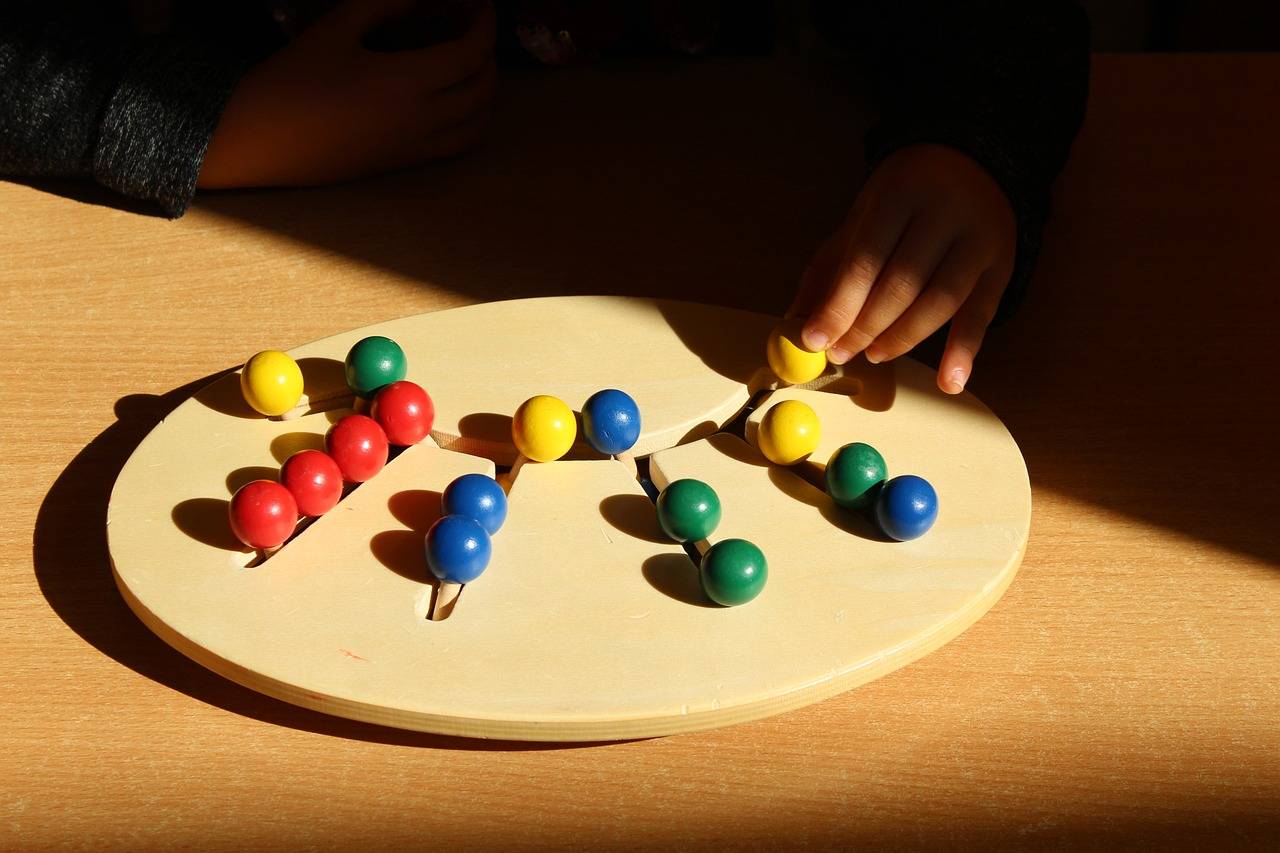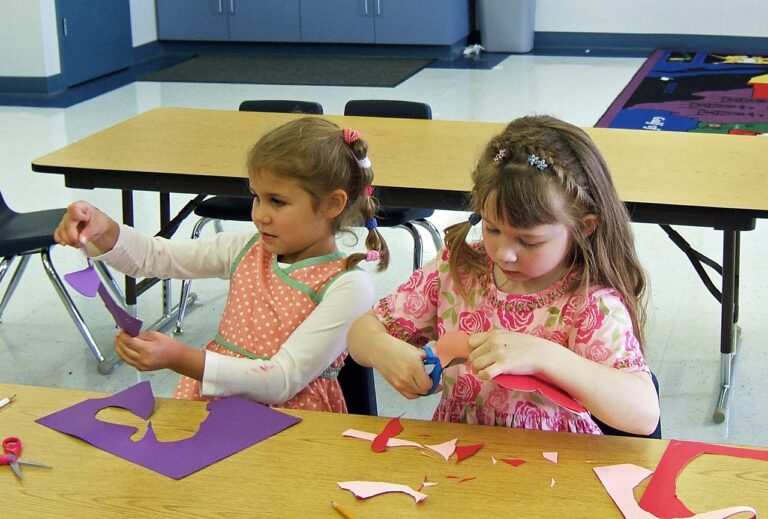Education and Cultural Identity: Exploring Heritage in Schools
Cultural identity plays a crucial role in shaping students’ sense of self and belonging within the educational environment. When students see their own cultural background reflected in the curriculum and classroom discussions, they feel validated and respected. This validation fosters a positive self-image and encourages academic engagement and success.
Moreover, incorporating diverse cultural perspectives in education promotes empathy, understanding, and tolerance among students from various backgrounds. By learning about different cultures, students develop a broader worldview and a deeper appreciation for the richness of human diversity. Embracing cultural identity in education not only enhances academic experiences but also prepares students to become global citizens who can navigate a multicultural society with respect and open-mindedness.
Incorporating Heritage in School Curricula
Incorporating heritage in school curricula plays a crucial role in fostering a sense of pride and belonging among students. By recognizing and celebrating diverse cultural backgrounds, educational institutions can create environments that promote inclusivity and respect for differences. Students are able to see themselves reflected in the curriculum, which can enhance their engagement and motivation to learn.
When heritage is integrated into school curricula, students have the opportunity to learn about different traditions, histories, and values. This not only enriches their educational experience but also helps them develop a broader perspective of the world around them. By incorporating heritage in various subject areas, schools can equip students with the knowledge and cultural competence needed to thrive in an increasingly interconnected and diverse society.
Why is it important to incorporate heritage in school curricula?
Incorporating heritage in school curricula helps students develop a sense of cultural identity and pride in their own heritage. It also promotes understanding and respect for diverse cultures, fostering a more inclusive and tolerant society.
How can heritage be integrated into different subjects in the curriculum?
Heritage can be integrated into various subjects such as history, literature, art, music, and social studies. Teachers can incorporate stories, traditions, and artifacts from different cultures to provide a more comprehensive and diverse educational experience.
How can schools ensure that heritage is accurately represented in the curriculum?
Schools can consult with cultural experts, community members, and historians to ensure that heritage is accurately represented in the curriculum. It is important to avoid stereotypes and promote an authentic understanding of different cultures.
What are the benefits of incorporating heritage in school curricula?
Incorporating heritage in school curricula can help students develop a sense of belonging and pride in their own cultural identity. It also promotes diversity, empathy, and understanding among students, preparing them to be global citizens in a multicultural world.





